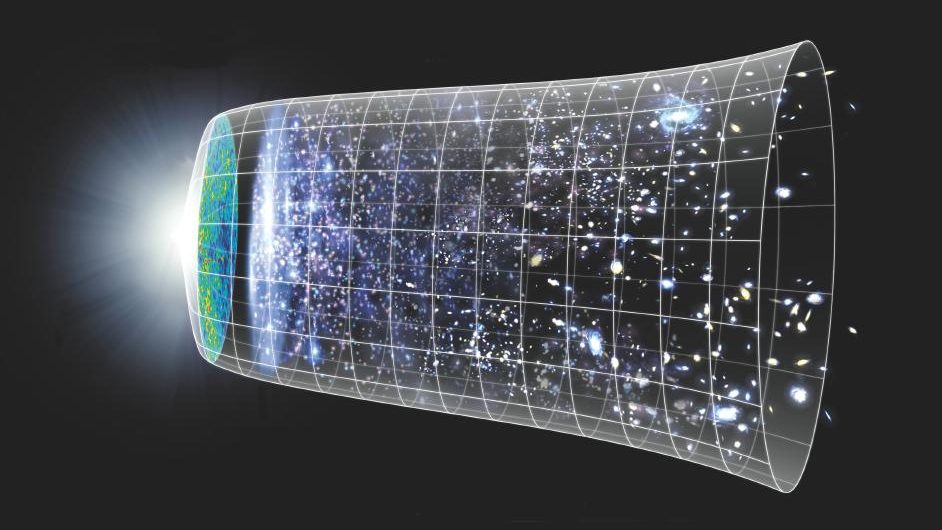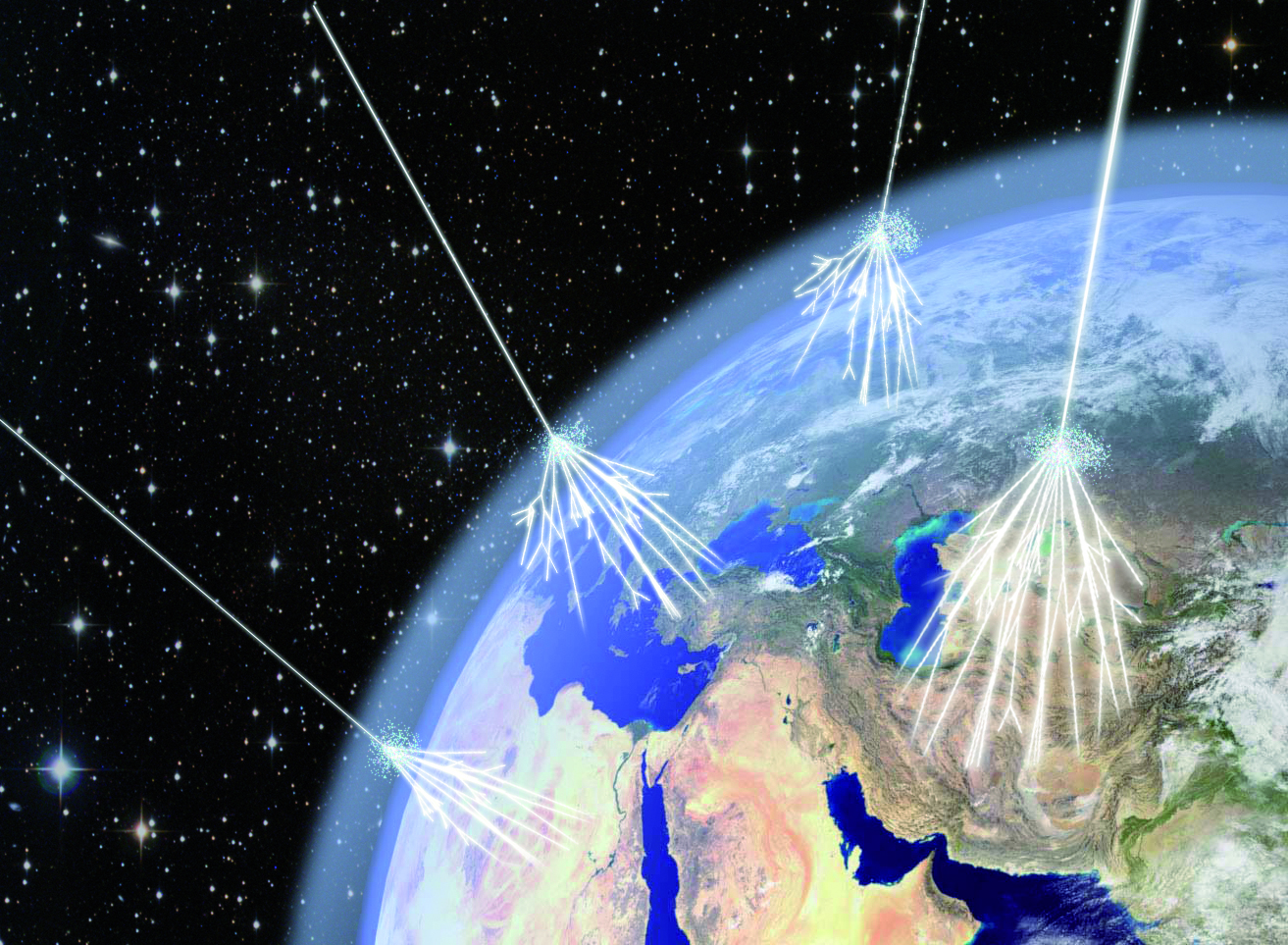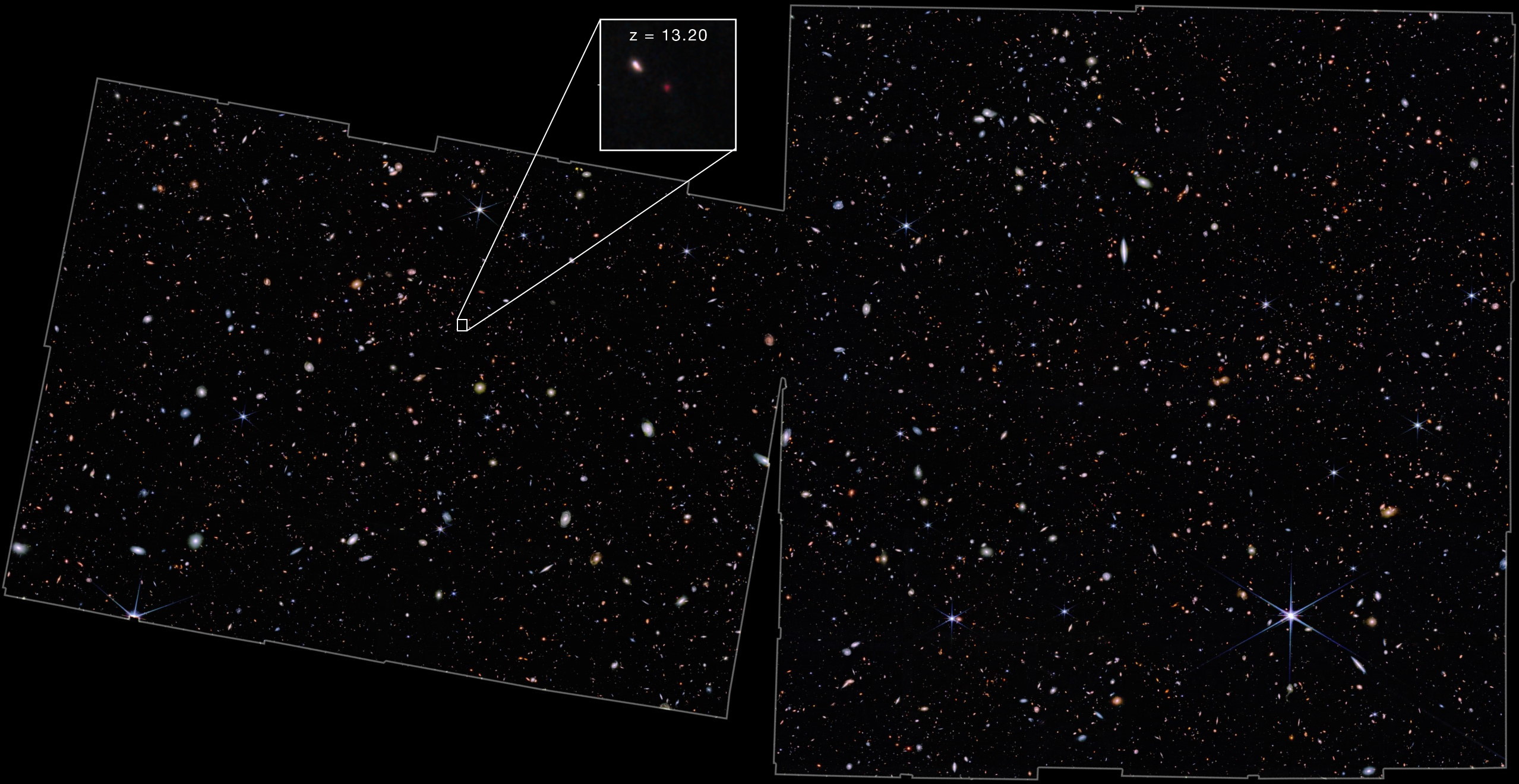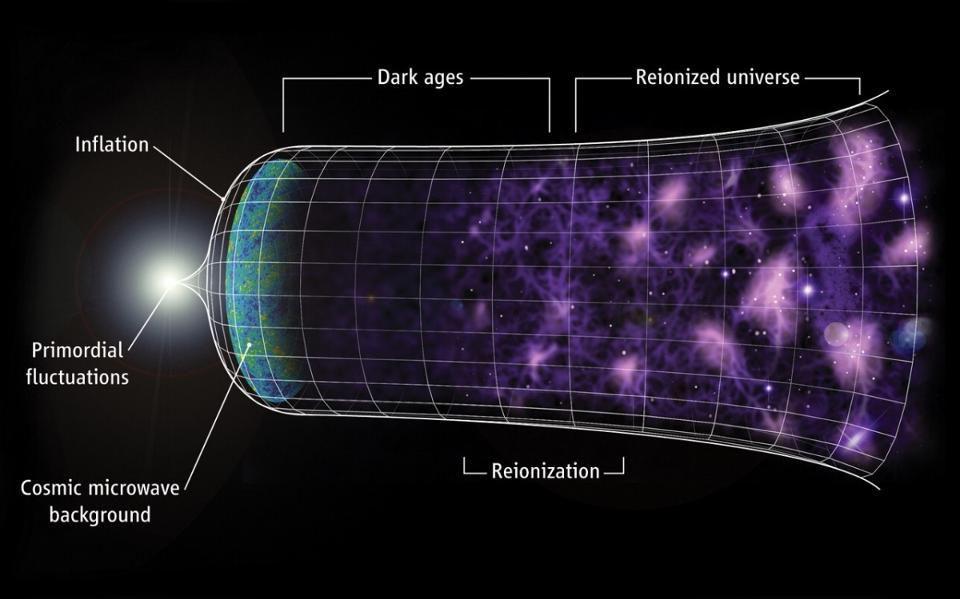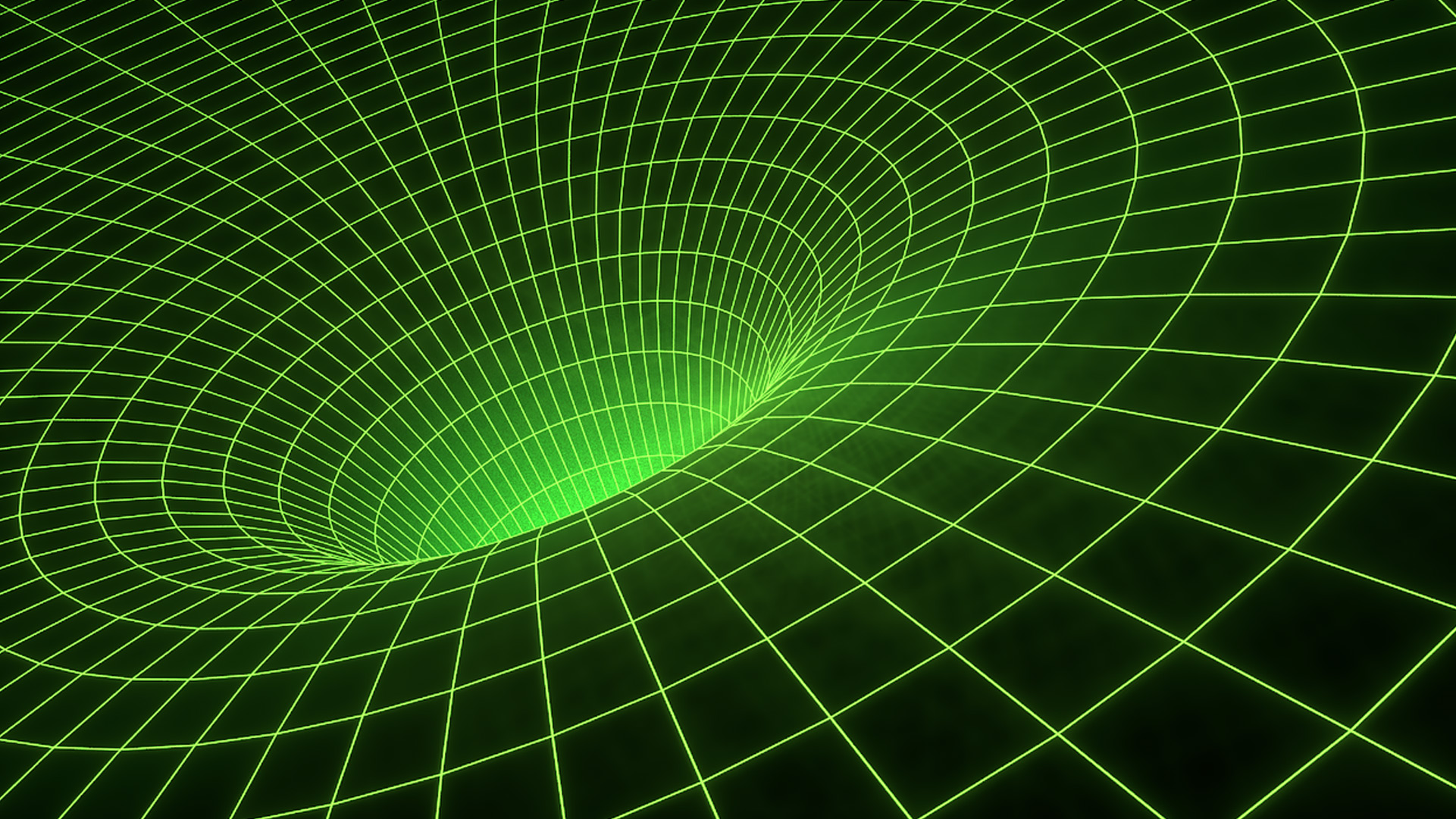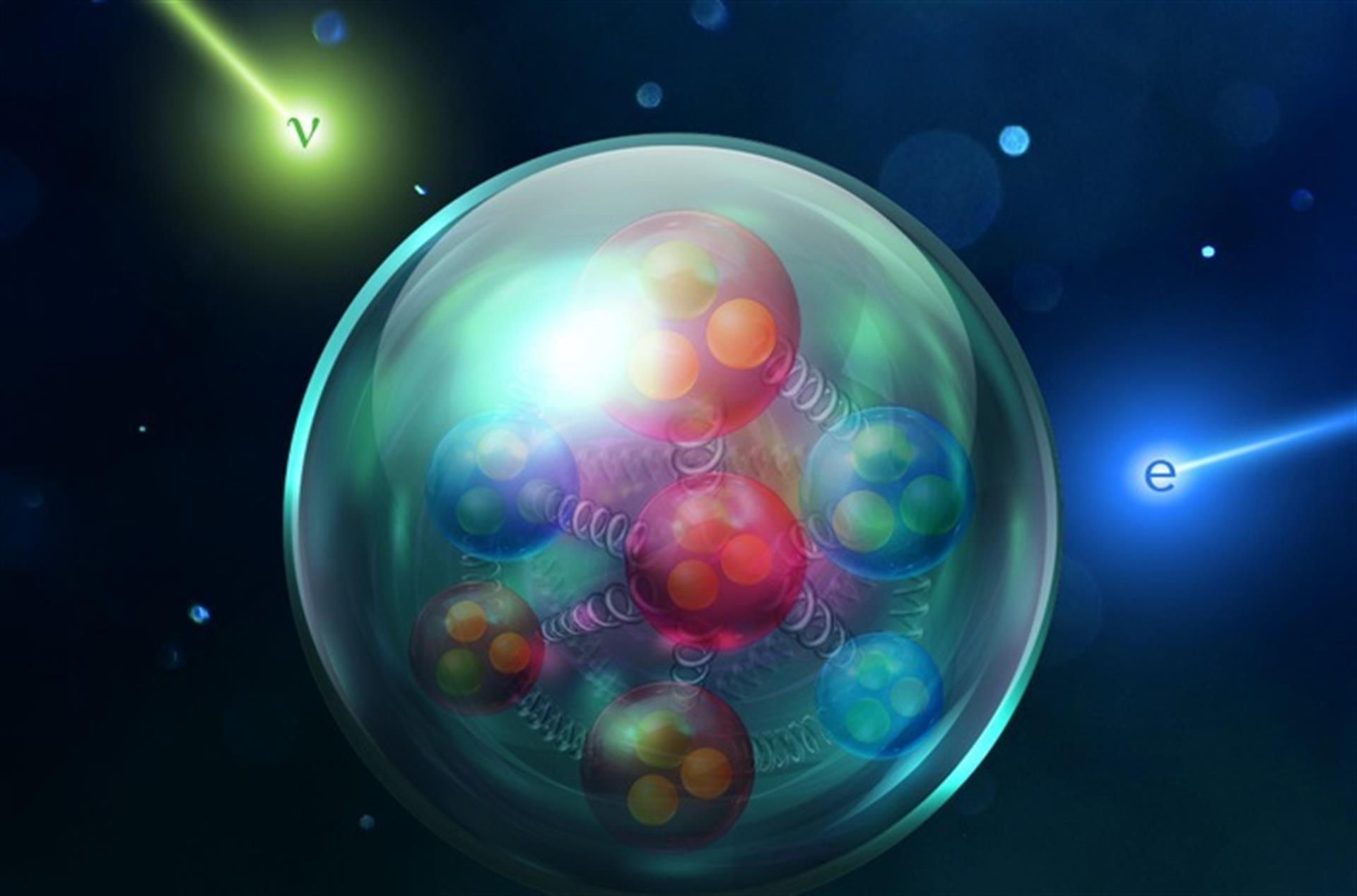
The Universe is out there, waiting for you to discover it.
Our mission: to answer, scientifically, the biggest questions of all.
- What is our Universe made of?
- How did it become the way it is today?
- Where did everything come from?
- What is the ultimate fate of the cosmos?
For countless generations, these were questions without resolutions. Now, for the first time in history, we have scientific answers. Starts With A Bang, written by Dr. Ethan Siegel, brings these stories — of what we know and how we know it — directly to you.
Get Starts With A Bang in your inbox
Featured
Why power generated through nuclear fusion will be the future, but not the present, solution to humanity’s energy needs.
It’s a strange idea to consider: that a tiny building block of matter, the atomic nucleus, holds the greatest potential for energy release.
And yet, it’s true; while electron transitions in atoms or molecules typically release energy on the order of ~1 electron-Volt, nuclear transitions between different configurations release energies a million times as great, on the order of ~1 Mega-electron-Volt.
Popular
From before the Big Bang to the present day, the Universe goes through many eras. Dark energy heralds the final one.
A wild, compelling idea without a direct, practical test, the Multiverse is highly controversial. But its supporting pillars sure are stable.
The surface and atmosphere is colored by ferric oxides. Beneath a very thin layer, mere millimeters deep in places, it’s not red anymore.
The first supernova ever discovered through its X-rays has an enormously powerful engine at its core. It’s unlike anything ever seen.
Just 13.8 billion years after the hot Big Bang, we can see 46.1 billion light-years away in all directions. Doesn’t that violate…something?
All Stories
2022 was a year full of scientific discoveries and the dawn of the JWST. But Hubble’s still going after 32 years. Here’s the amazing proof!
Every proton contains three quarks: two up and one down. But charm quarks, heavier than the proton itself, have been found inside. How?
Particles are everywhere, including particles from space that stream through the human body. Here’s how they prove Einstein’s relativity.
Nuclear fusion has long been seen as the future of energy. As the NIF now passes the breakeven point, how close are we to our ultimate goal?
There will always be “wolf-criers” whose claims wither under scrutiny. But aliens are certainly out there, if science dares to find them.
Leaving Hubble in the dust, JWST has officially seen a galaxy from just 320 million years after the Big Bang: at just 2.3% its current age.
The very dust that blocks our view of the distant, luminous objects in the Universe is responsible for our entire existence.
The most common element in the Universe, vital for forming new stars, is hydrogen. But there’s a finite amount of it; what if we run out?
Photons come in every wavelength you can imagine. But one particular quantum transition makes light at precisely 21 cm, and it’s magical.
We thought the Big Bang started it all. Then we realized that something else came before, and it erased everything that existed prior.
The science fiction dream of a traversable wormhole is no closer to reality, despite a quantum computer’s suggestive simulation.
A Carrington-magnitude event would kill millions, and cause trillions of dollars in damage. Sadly, it isn’t even the worst-case scenario.
Compared to Earth, Mars is small, cold, dry, and lifeless. But 3.4 billion years ago, a killer asteroid caused a Martian megatsunami.
We’ll never be able to extract any information about what’s inside a black hole’s event horizon. Here’s why a singularity is inevitable.
The great hope is that beyond the indirect, astrophysical evidence we have today, we’ll someday detect it directly. But what if we can’t?
By studying the dwarf galaxy Wolf-Lundmark-Melotte ~3 million light-years away, JWST reveals the Universe’s star-forming history firsthand.
We confidently state that the Universe is known to be 13.8 billion years old, with an uncertainty of just 1%. Here’s how we know.
Every time our Universe cools below a critical threshold, we fall out of equilibrium. That’s the best thing that ever happened to us.
The strongest tests of curved space are only possible around the lowest-mass black holes of all. Their small event horizons are the key.
Realizing that matter and energy are quantized is important, but quantum particles aren’t the full story; quantum fields are needed, too.
The Universe is 13.8 billion years old, going back to the hot Big Bang. But was that truly the beginning, and is that truly its age?
SpinLaunch will cleverly attempt to reach space with minimal rocket fuel. But will physics prevent a full-scale version from succeeding?
The image you’re seeing isn’t a hole in the Universe, and the cosmic voids that do exist aren’t hole-like at all.
We think of physical reality as what objectively exists, independent of any observer. But relativity and quantum physics say otherwise.
It’s rare that one single image packs so much beauty and science simultaneously. This Hubble view of a nearby star-forming region has both.
Supermassive black holes at the centers of galaxies gobble up whatever matter ventures too close, becoming active. Here’s how they work.
We’re used to scientists telling us about the math and physics behind astronomical events. But what does studying space make us feel?
Based on data since 2000 alone, global warming is still occurring at a whopping 7-sigma significance. How hot will planet Earth get?
All across the Universe, planets come in a wide variety of sizes, masses, compositions, and temperatures. And most have rain and snow.
With a record-setting $1.9 billion jackpot, you’d think it’s a no-brainer to buy a Powerball ticket. But the math truly shows otherwise.




